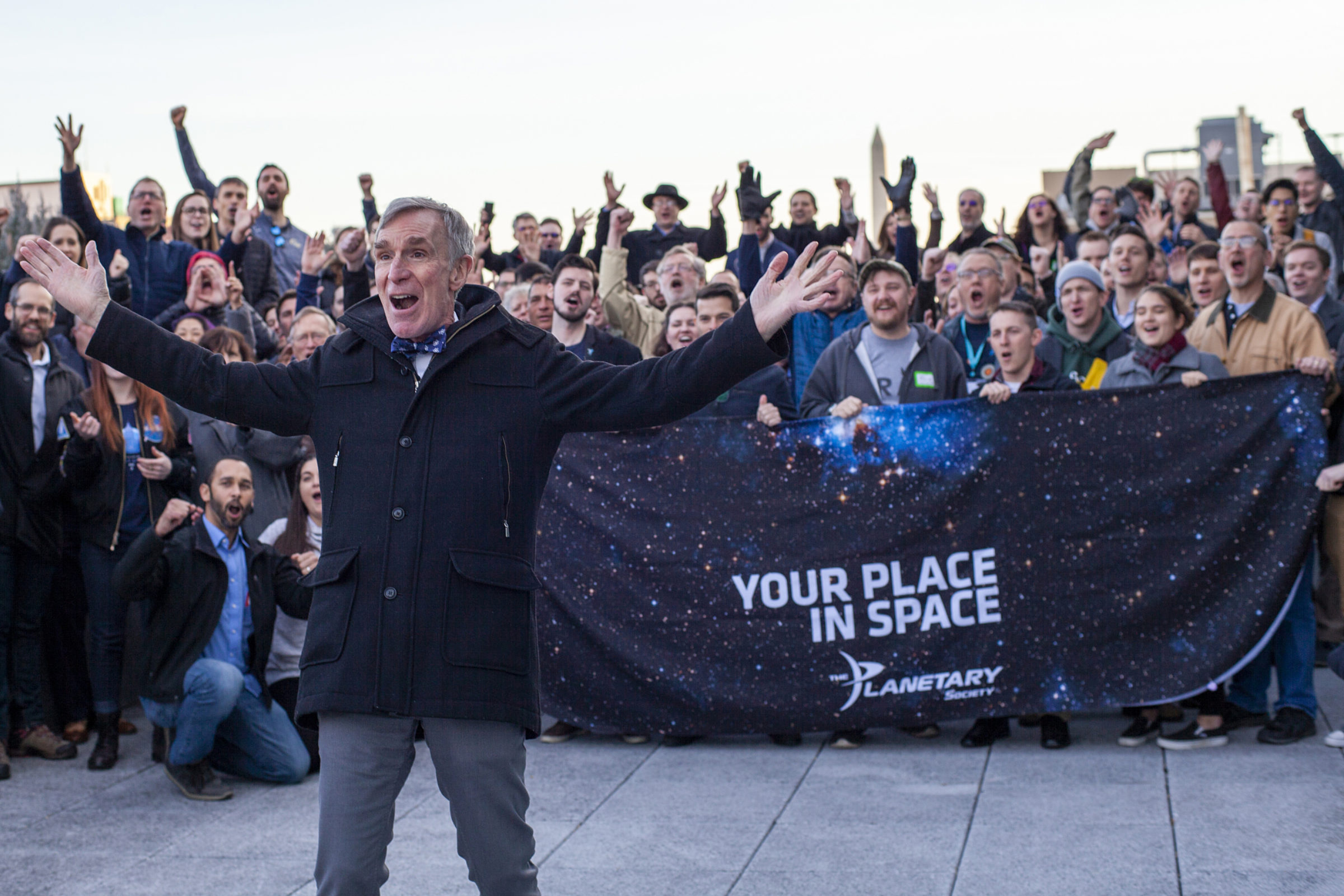The Downlink • Jan 22, 2021
The far reaches of the solar system and beyond
Space Snapshot

In the depths of the outer solar system, Uranus keeps many secrets to itself. From Earth, it evades the naked eye. NASA’s Voyager 2 is the only mission to have ever seen it up close, when it flew by the planet in 1986. This image, captured by Voyager 2, shows a nearly featureless orb, obscuring any details that might tell us more about this faraway world. Image credit: NASA/JPL-Caltech
You love space, now take action
This weekly newsletter is your toolkit to learn more about space, share information with your friends and family, and take direct action to support exploration. Anyone can subscribe at planetary.org/connect to receive it as a weekly email.
Mission Briefings


Space isn’t quite as dark as we thought. NASA’s New Horizons spacecraft measured the brightness of deep space from its vantage point in the distant Kuiper Belt and saw more light than expected. Possible explanations include dwarf galaxies and stars that are too dim to see directly. Just as light pollution limits our view of the night sky here on Earth, the inner solar system is full of sunlight-scattering dust that makes measuring the universe’s true brightness difficult. Pictured: An artist’s impression of New Horizons in the outer solar system, with the Sun in the background and a glowing band representing zodiacal light, caused by sunlight reflecting off of dust. Image credit: Joe Olmsted/STScI.

NASA test-fired its giant new rocket. The Space Launch System’s core stage roared to life for the first time in Mississippi, but the 8-minute test stopped just after one minute when computers detected a problem with the hydraulics system that pivots one of the engines. NASA is evaluating whether another test-fire will be needed before the stage ships to Florida for launch. The big rocket will be used to send astronauts back to the Moon as part of the Artemis program.

Excited for the Perseverance landing? NASA’s Eyes on the Solar System program allows you to simulate the harrowing descent of the agency’s next Mars rover in real-time. Perseverance lands on 18 February 2021 to search for signs of past life and collect samples for future return to Earth.
From The Planetary Society


Landing on Mars isn't easy! When NASA's Perseverance rover arrives in February, it will have just 7 minutes to slow down from supersonic speeds and touch down safely on the Martian surface. In this week’s Planetary Radio, hear firsthand from NASA entry, descent, and landing engineer Gregory Villar about how Perseverance will achieve the final, daring stage of its journey.

Where can solar sailing take us? Two new NASA missions are set to expand the frontiers of solar sail technology. The first is NEA Scout, a mission launching in 2021 that will use a solar sail to visit a near-Earth asteroid. NASA has also greenlit Solar Cruiser, a mission launching in 2025 to test a giant sail measuring 1,650 square meters (17,800 square feet) at an artificial orbit between the Earth and Sun. Both missions build on LightSail 2's legacy of harnessing sunlight to propel a spacecraft.

4.6 billion years of history just got a lot easier to digest. Take a quick glance at a timeline of the solar system’s formation, and dig a little deeper into the epic history of our little corner of the galaxy. We promise you’ll come away grateful that the Late Heavy Bombardment is a thing of the past.
What's Up

Mars shines high in the evening sky, looking reddish. Uranus is near Mars, although you’ll likely need a star chart to find it and binoculars or a telescope to see it. Learn more at planetary.org/night-sky.
We’re hiring!

Are you or someone you know a writer/editor with a passion for space science communication? We're hiring a new Associate Editor! Learn more about the job and how to apply. We’re looking for the best and brightest candidates, so we encourage you to share this job posting widely. Note: This position is only available to people with legal authorization to work in the United States.
Wow of the Week

The Mastcam-Z team are having a bit of fun here with the instrument’s 3D imaging capabilities. The camera, which is aboard NASA's Perseverance rover, includes two cameras set about 10 inches apart, which allow it to produce 3D images like this one. This is similar to the way our two eyes work, with our brain forming the 3D image. With this image, blue-and-red glasses will allow you to see the 3D effect.
Do you have a suggestion for the Wow of the Week? We’re looking for space-related art, music, gadgets, quotes, fashion, burning questions, brief sci-fi passages, or anything else that will make our readers go “Wow!” Send us your idea by replying to any Downlink email or writing to [email protected], and please let us know if you’re a Planetary Society member.


 Explore Worlds
Explore Worlds Find Life
Find Life Defend Earth
Defend Earth


